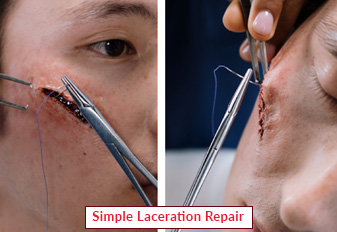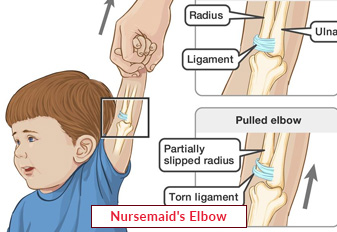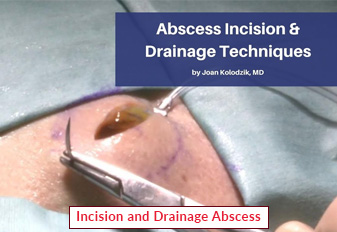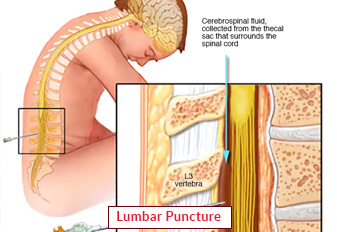Laceration Repair Surgery

Laceration repair is a kind of treatment where surgeons close a wound caused by a cut or tear in the skin. The main goal of laceration repair is to reduce the risk of infection and promote healing. The severity of the laceration determines the method of repair.
There are three main types of laceration repair: primary closure, delayed closure, and secondary closure. Primary closure is used for clean and simple wounds that are less than 6-8 hours old and involves the use of sutures, staples, or adhesive strips to close the wound.
Book an Appointment
About Laceration Repair
Laceration repair surgery is a common procedure in India and is performed by trained medical professionals such as general surgeons, plastic surgeons, and dermatologists.
The cost of laceration repair surgery in India depends on various factors such as the severity and location of the wound, the type of closure method used, and the hospital or clinic where the procedure is performed.
Procedure of Laceration Repair
The goals of laceration repair are to achieve hemostasis and optimal cosmetic results without increasing the risk of infection. Important considerations include the timing of the repair, wound irrigation techniques, providing a clean field for repair to minimize contamination and appropriate use of anesthesia.
The laceration repair surgery procedure involves the following steps:
- Assessment of the wound: The healthcare provider will examine the laceration to determine the severity, location, and potential complications. They will also assess the patient's medical history and any risk factors.
- Administration of anesthesia: Depending on the severity of the laceration and the patient's condition, local or general anesthesia may be used to numb the area and minimize pain during the procedure.
- Cleaning and preparation of the wound: The healthcare provider will clean the wound thoroughly to remove any debris or foreign objects that may be present. The area surrounding the laceration will also be prepared to minimize the risk of infection.
- Closure of the wound: Depending on the severity and location of the laceration, the healthcare provider may use sutures, staples, adhesive strips, or other closure methods to bring the edges of the wound together and promote healing.
- Dressing the wound: Once the laceration is closed, the healthcare provider will apply a sterile dressing to protect the wound and promote healing.
- Follow-up care: The patient will be given instructions on how to care for the wound at home, such as keeping it clean and dry, changing the dressing regularly, and taking any prescribed medications. A follow-up appointment may also be scheduled to ensure proper healing and monitor for any potential complications.
Require Assistance?
Get A Quick Callback From Our Healthcare Experts
Other Specilities We Cover

Nursemaid's Elbow Treatment

Incision and Drainage Abscess




